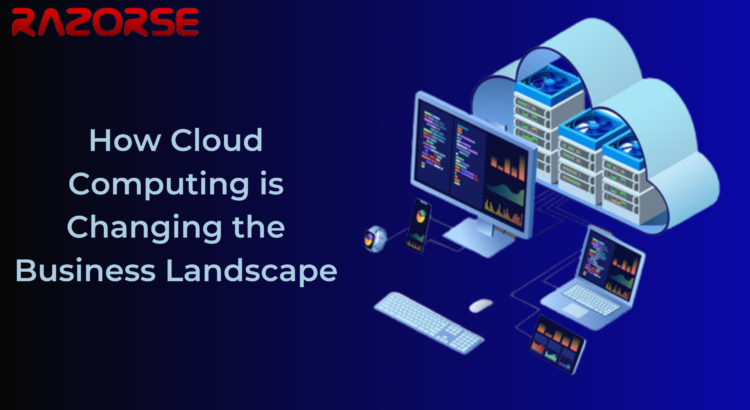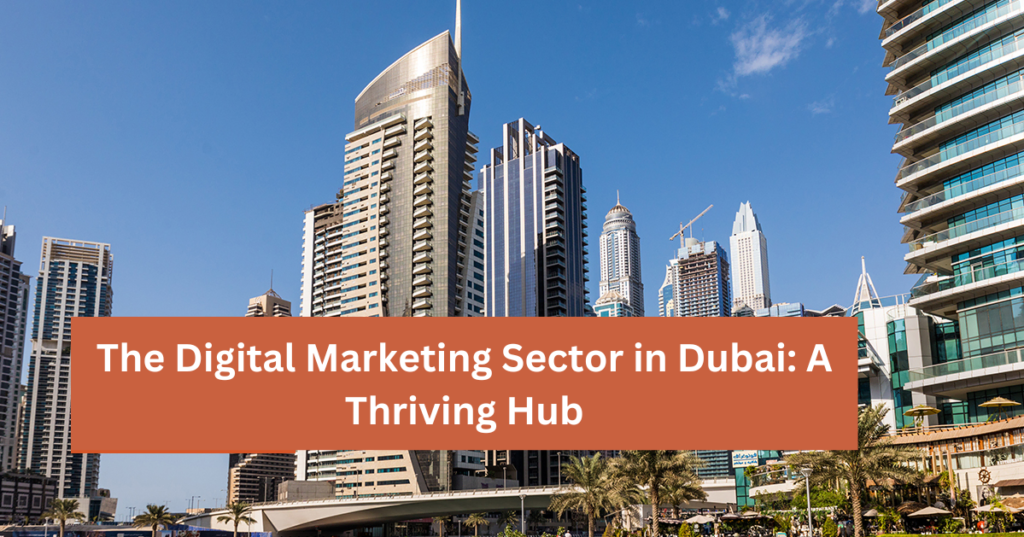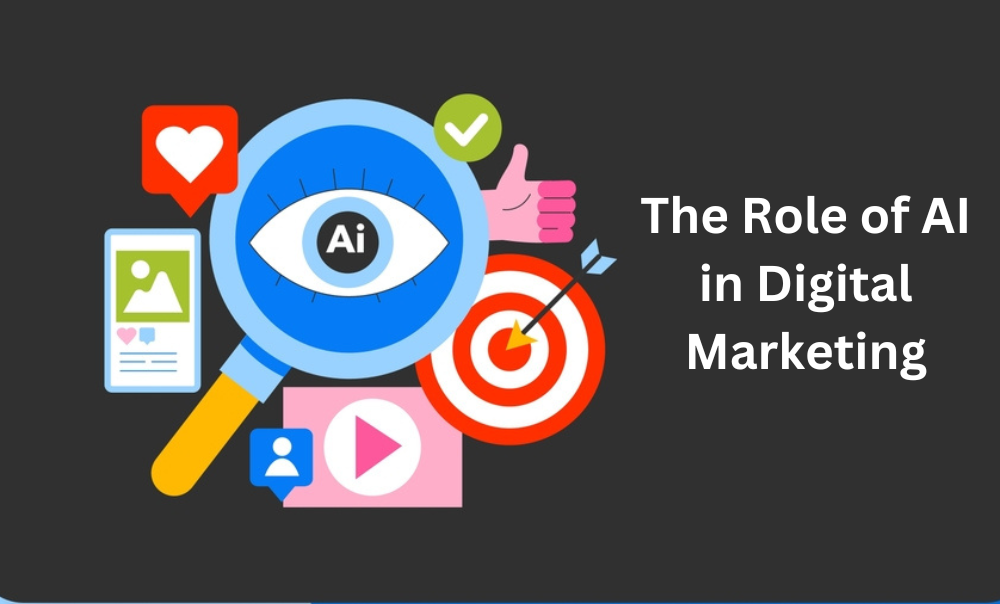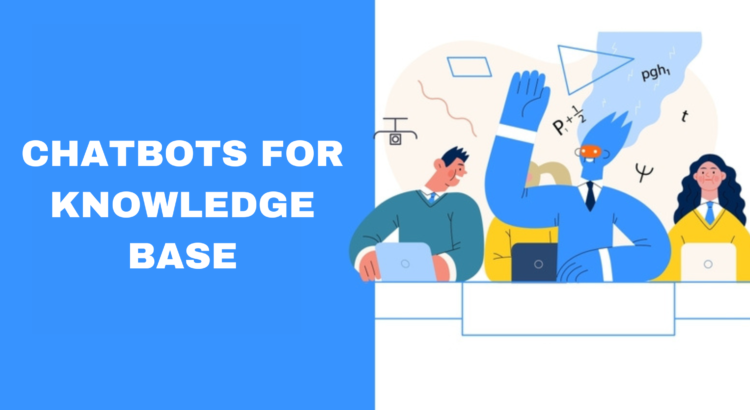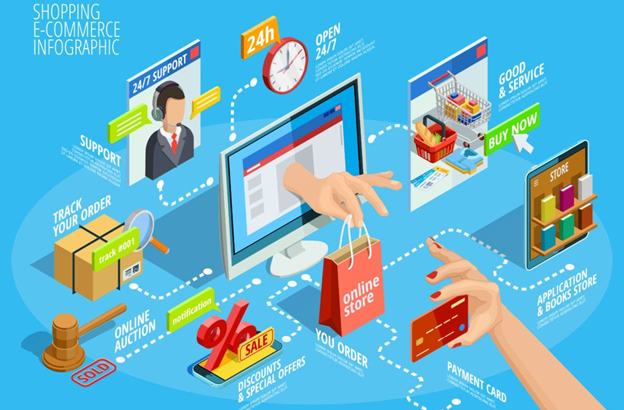In the ever-evolving world of technology, cloud computing has emerged as a transformative force, reshaping how businesses operate and compete. Its impact on the business landscape is profound, offering numerous benefits that range from cost savings to increased agility and innovation. As companies across various industries embrace cloud computing, they are experiencing significant changes in their operations, strategies, and overall competitiveness.
1. Cost Efficiency
One of the most significant advantages of cloud computing is its cost efficiency. Traditional IT infrastructure requires substantial capital investment in hardware, software, and maintenance. Cloud computing, on the other hand, operates on a pay-as-you-go model, allowing businesses to scale their resources based on demand. This eliminates the need for large upfront investments and reduces ongoing operational costs.
Moreover, cloud service providers offer a variety of pricing models, such as subscription-based or usage-based, which enable businesses to optimize their spending. Companies no longer need to over-provision resources to handle peak loads, as they can easily scale up or down based on real-time requirements. This flexibility leads to significant cost savings and better allocation of financial resources.
2. Scalability and Flexibility
Cloud computing provides unparalleled scalability and flexibility, which are crucial for businesses operating in dynamic markets. In the past, scaling IT infrastructure to accommodate growth or seasonal spikes required substantial time and effort. With cloud computing, businesses can scale their resources up or down almost instantly, ensuring they have the necessary capacity to meet demand without delay.
This scalability is particularly beneficial for startups and small to medium-sized enterprises (SMEs) that need to grow rapidly without the burden of managing complex IT infrastructure. Cloud platforms offer a wide range of services and resources that can be tailored to meet specific business needs, providing the agility required to stay competitive in fast-paced environments.
3. Enhanced Collaboration and Remote Work
The rise of remote work and global teams has highlighted the importance of effective collaboration tools. Cloud computing facilitates seamless collaboration by providing a centralized platform where employees can access, share, and work on documents and applications from anywhere in the world. This accessibility is crucial for maintaining productivity and ensuring business continuity, especially in the wake of events like the COVID-19 pandemic.
Cloud-based collaboration tools, such as Google Workspace and Microsoft 365, offer real-time editing, file sharing, and communication features that enhance teamwork and streamline workflows. These tools also integrate with other cloud services, enabling businesses to create a cohesive and efficient digital workplace.
4. Improved Data Management and Security
Data is a valuable asset for any business, and effective data management is critical for making informed decisions and driving growth. Cloud computing provides robust data storage, management, and analytics capabilities that help businesses harness the power of their data. Cloud platforms offer scalable storage solutions that can handle vast amounts of data, ensuring that businesses can store and retrieve information efficiently.
In terms of security, cloud service providers invest heavily in advanced security measures to protect their clients’ data. These measures include encryption, multi-factor authentication, and regular security audits. Additionally, cloud providers offer disaster recovery and backup solutions, ensuring that businesses can recover their data quickly in the event of a breach or system failure. This level of security and reliability is often challenging for businesses to achieve on their own.
5. Driving Innovation
Cloud computing is a catalyst for innovation, providing businesses with access to cutting-edge technologies and tools. Cloud platforms offer a wide range of services, including artificial intelligence (AI), machine learning (ML), and Internet of Things (IoT) capabilities, that businesses can leverage to develop new products, services, and business models.
Furthermore, cloud computing reduces the time and cost associated with developing and deploying new applications. Developers can use cloud-based development environments and tools to build, test, and launch applications faster, fostering a culture of innovation and experimentation.
6. Competitive Advantage
In today’s digital age, staying ahead of the competition requires agility, efficiency, and the ability to quickly adapt to changing market conditions. Cloud computing provides businesses with the tools and capabilities needed to gain a competitive edge. By leveraging cloud services, businesses can streamline their operations, reduce time-to-market for new products and services, and respond swiftly to customer needs.
7. Sustainability
Sustainability is becoming increasingly important for businesses and consumers alike. Cloud computing contributes to sustainability by reducing the need for physical data centers and the associated energy consumption. Cloud service providers invest in energy-efficient infrastructure and renewable energy sources, helping businesses reduce their carbon footprint.
By adopting cloud computing, businesses can also implement more sustainable practices, such as remote work and virtual collaboration, which reduce the need for travel and office space. This not only lowers operational costs but also aligns with the growing demand for environmentally responsible business practices.
Conclusion
Cloud computing is undeniably reshaping the business landscape, offering numerous benefits that drive efficiency, innovation, and competitiveness. From cost savings and scalability to enhanced collaboration and security, the advantages of cloud computing are transforming how businesses operate and compete in the digital age. As cloud technologies continue to evolve, businesses that embrace and integrate these solutions will be better positioned to navigate the challenges and opportunities of the future.
